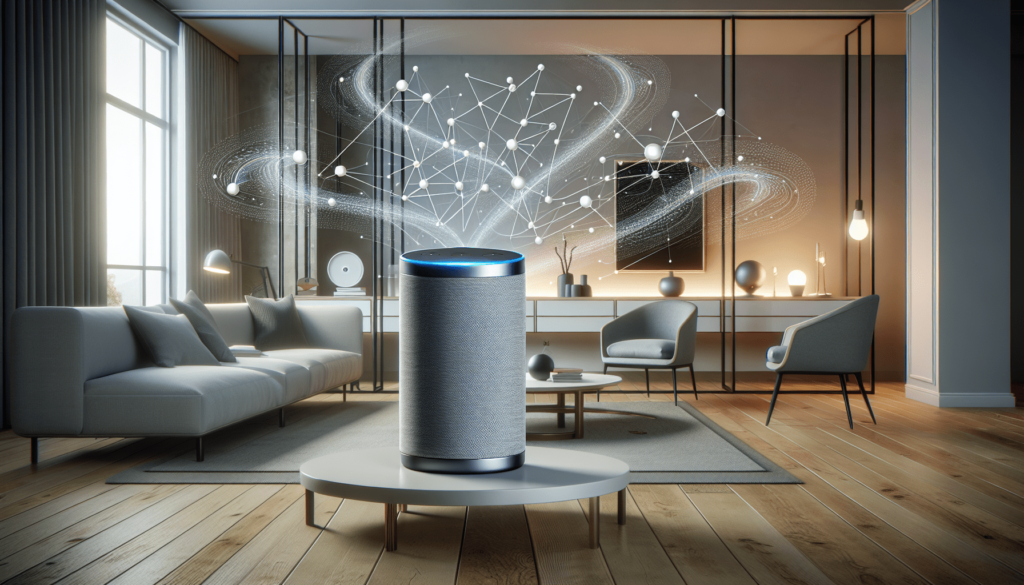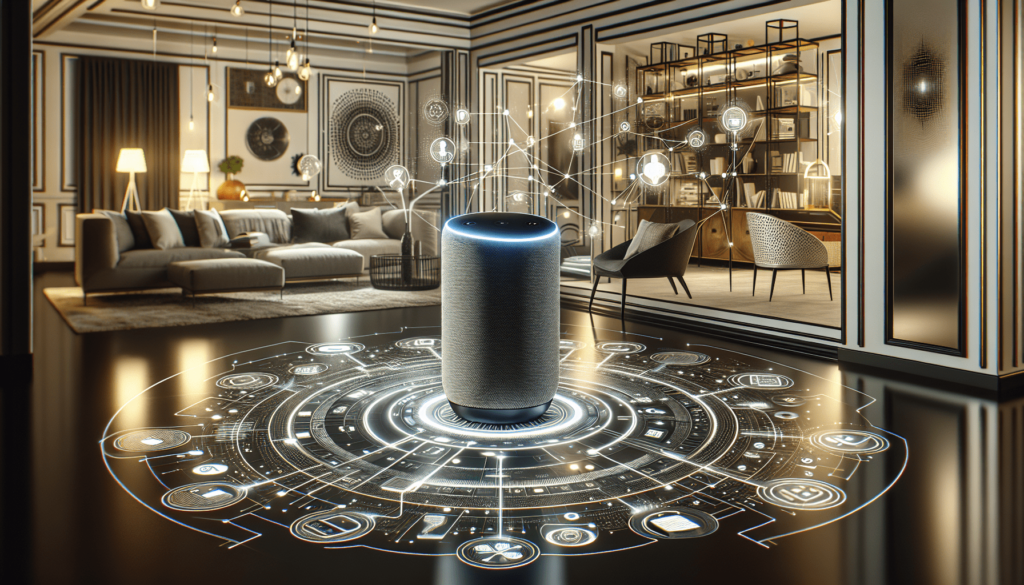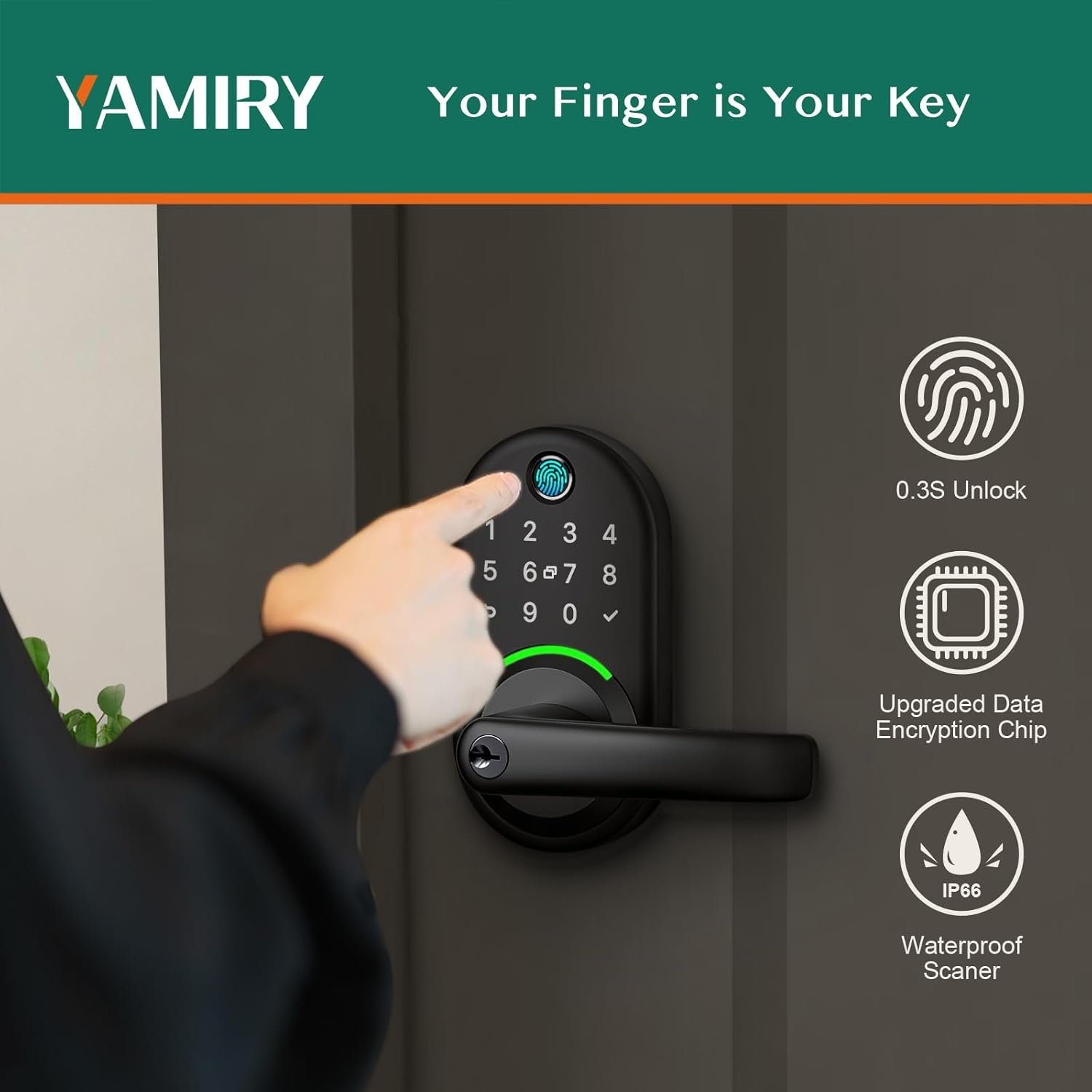Have you ever wondered how the sophisticated technology behind smart speakers integrates seamlessly with other smart home devices, making your everyday life a bit more magical? This interconnectedness is not only a marvel of modern technology but also a gateway to an easier, more efficient lifestyle. In this article, we’ll explore how smart speakers transform your home into a smart ecosystem, fulfilling both the needs of seasoned tech enthusiasts and those just venturing into the realm of smart technology.
Understanding Smart Speakers: The Basics
Smart speakers are more than just speakers; they’re intelligent assistants designed to respond to your voice commands. They can control a multitude of devices and access a vast array of services. Popular examples include Amazon Echo, Google Nest, and Apple HomePod, each equipped with a virtual assistant—Alexa, Google Assistant, and Siri, respectively.
What Makes a Speaker ‘Smart’?
At the heart of smart speakers lies voice recognition technology. Their embedded microphones constantly listen for a ‘wake word.’ Once activated, the device processes the command using cloud-based AI, allowing it to understand and execute tasks. This capability to operate based on vocal prompts makes them stand out.
Smart Hub vs. Smart Speaker: What’s the Difference?
While smart speakers can control other devices, smart hubs serve as the central control panels for a smart home. They manage complex automation rules, usually without the need for a cloud connection. However, many modern smart speakers double as hubs, offering both audio functionalities and connectivity.
How Smart Speakers Integrate with Smart Home Devices
Smart speakers act as the command center for numerous smart home interactions. They maintain constant communication with other devices through various wireless protocols. Understanding these connections is key to optimizing your smart home setup.
The Role of Wireless Protocols
Wireless protocols like Wi-Fi, Bluetooth, Zigbee, and Z-Wave are essential for communication between your smart speaker and other devices. While Wi-Fi is universal for larger data requirements, Zigbee and Z-Wave are preferred for efficient power consumption and wider range.
Setting Up Your Smart Speaker with Smart Devices
Getting started is straightforward but requires careful attention to compatibility. First, ensure your smart devices are compatible with your smart speaker’s ecosystem (Alexa, Google Assistant, Siri). Then, use the accompanying mobile app to connect your devices, creating a holistic network that’s both functional and user-friendly.

Benefits of Using Smart Speakers in Your Home
Incorporating smart speakers into your daily routine offers myriad benefits beyond mere convenience. From energy management to heightened security, the right configuration amplifies comfort and efficiency.
Smart Home Automation
Imagine your home’s lights dimming as you say, “begin movie mode,” or your thermostat adjusting to the perfect temperature before you walk in. These automated routines transform how you interact with your environment, delivering personalized experiences that save time and effort.
Energy Efficiency and Cost Savings
smart speakers help you manage energy consumption effectively. For example, they can ensure lights and electronics are turned off when not in use, potentially reducing your utility bill significantly. By integrating smart plugs and thermostats, the opportunities for efficiency multiply.
Enhanced Security
From video doorbells to smart locks, smart speakers can be a pivotal component in home security systems. They allow you to answer your front door remotely, view security camera feeds, or lock doors all through simple voice commands, enhancing your peace of mind.
Music Lovers and Entertainment: Smart Speakers at Their Best
For music enthusiasts, smart speakers represent a gateway to exceptional sound quality and unlimited entertainment. Their value extends far beyond voice commands and home automation.
Exploring Sound Quality
Smart speakers come equipped with high-fidelity audio components designed to deliver rich and immersive sound experiences. Selecting speakers with superior acoustics—and possibly stereo pairing—elevates your overall audio encounter.
Streaming Capabilities
With access to various streaming platforms like Spotify, Apple Music, and Amazon Music, smart speakers allow for effortless discovery and play of tracks across rooms. Simply use voice commands to explore new releases, playlists, and even radio stations.
Multi-Room Audio
One of the standout features is the ability to sync music across several rooms. This feature allows for seamless transitions as you move through your home, ensuring a consistent auditory experience in each space.

Privacy and Security Concerns
Despite their conveniences, smart speakers raise valid concerns around privacy and data security. Addressing these concerns is vital for instilling user confidence and trust in their smart home setup.
Understanding Voice Recording
Smart speakers are always listening for their wake words, but misconceptions about constant recording exist. Once activated, they record and process commands, but credible manufacturers offer mechanisms for reviewing and deleting these recordings to protect user privacy.
Securing Your Smart Speaker
Implementing security features like voice ID restrictions, automatic software updates, and network security measures can bolster your device against unauthorized access and data breaches. It’s also advisable to regularly review privacy settings in the device’s companion app.
Choosing the Right Smart Speaker for Your Needs
With various offerings on the market, choosing the right smart speaker demands an understanding of your specific requirements and priorities.
Comparing Popular Smart Speakers
When selecting a smart speaker, consider factors such as ecosystem compatibility, sound quality, price, and other distinct features. This table offers a snapshot comparison of leading smart speakers for easy analysis:
| Feature | Amazon Echo | Google Nest | Apple HomePod |
|---|---|---|---|
| Voice Assistant | Alexa | Google Assistant | Siri |
| Ecosystem Compatibility | Extensive | Broad | Apple-centric |
| Audio Quality | Good | Excellent | High-end |
| Price Range | Affordable to Mid | Mid to High | High-end |
Tailoring Solutions to Your Lifestyle
Whether you prioritize ecosystem integration, audio experience, or security features, personalizing your selection ensures your smart home aligns perfectly with your lifestyle needs. Buyers new to smart tech may appreciate user-friendly models, while tech enthusiasts may prefer more complex solutions.
Troubleshooting Common Issues
Even with careful setup and operation, users occasionally encounter issues that interrupt the smooth operation of their smart homes. Fortunately, most problems have simple solutions that restore functionality.
Connectivity Problems
If your smart speaker loses connection with devices, check your Wi-Fi signal and ensure it’s stable. Alternatively, reboot your router and smart speaker, which typically solves most connectivity issues.
Command Recognition Challenges
If your smart speaker struggles to recognize commands, it may be due to ambient noise or the complexity of the command itself. Consider speaking more clearly, ensuring there’s minimal background noise, or simplifying the command.
Tips for Enhancing Smart Home Automation
Optimizing smart home automation increases the value of your smart speaker and the overall efficiency of your home.
Experiment with Routines and Scenes
Develop routines that coincide with your daily schedule, such as morning playlists or evening lighting settings. Equally, scenes can be customized for specific occasions, like parties or work sessions, providing tailored ambiances at a moment’s notice.
Use Third-Party Apps and Services
Enhance functionality by leveraging third-party apps and services. Apps such as IFTTT (If This Then That) and Tasker offer expanded automation capabilities that empower your smart speaker to interact with an even broader range of devices and services.
The Future of Smart Speakers and Home Automation
The evolution of smart speakers and smart home devices promises even greater advancements. Anticipate improved AI responsiveness, expanded device compatibility, and enhanced privacy protocols that push the boundaries of modern living.
Emerging Trends
Expect smarter, more energy-efficient devices designed to better accommodate sustainable living. Interaction between AI technologies and enhanced machine learning principles will facilitate a more intuitive and responsive home environment.
The Smart Home Made Smarter
As technology progresses, the reliance on manually managing your home will continue to decline, enabling homeowners to enjoy even greater convenience and efficiency—truly embodying the concept of a home that’s as intelligent as it is comforting.
In conclusion, smart speakers have transformed from simple voice-activated devices to central figures in interconnected homes. Whether optimizing energy use, enhancing security, or elevating entertainment, they harmonize various elements of home life, offering a glimpse into a seamlessly connected future.
Disclosure: As an Amazon Associate, I earn from qualifying purchases.





